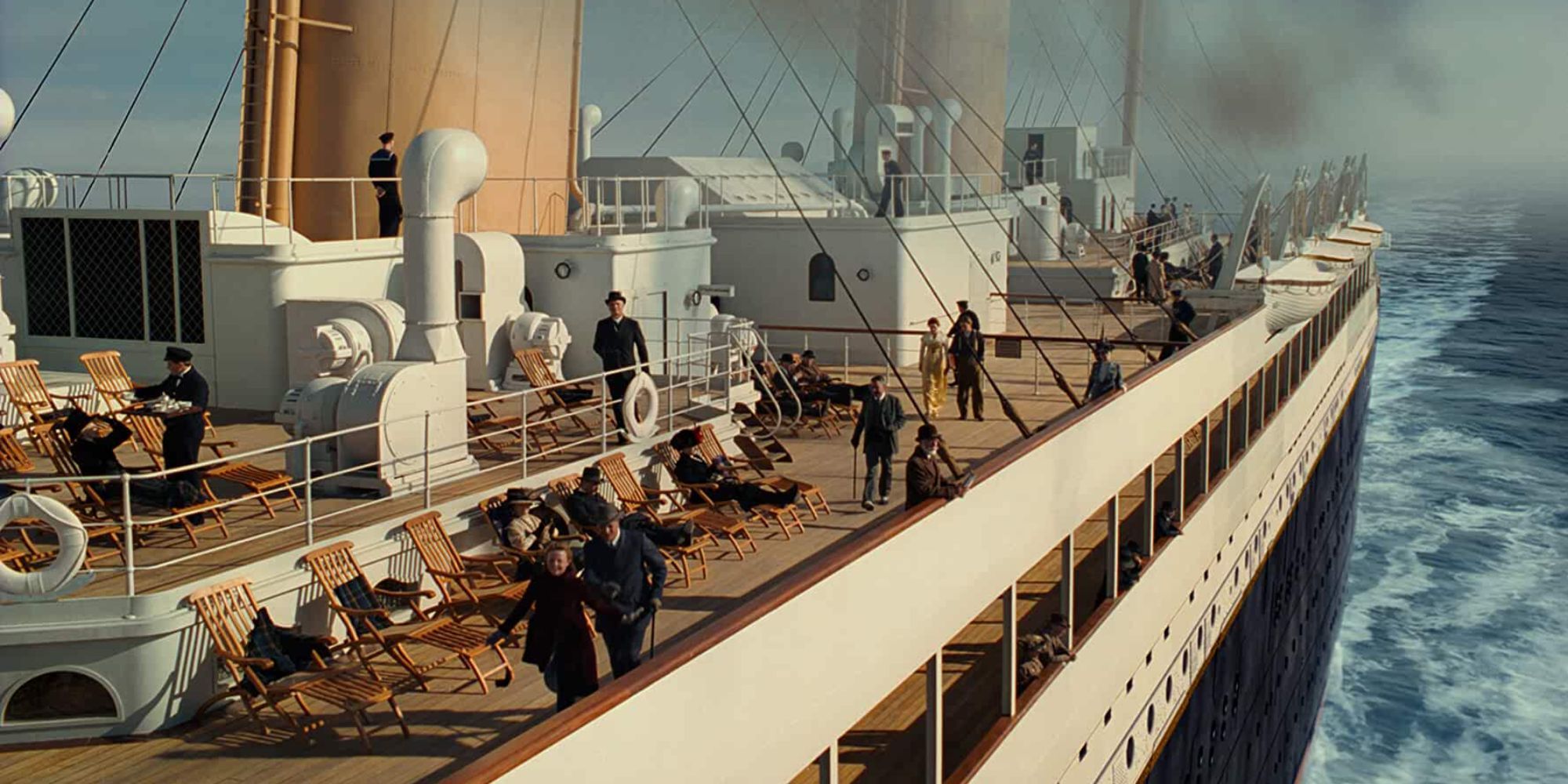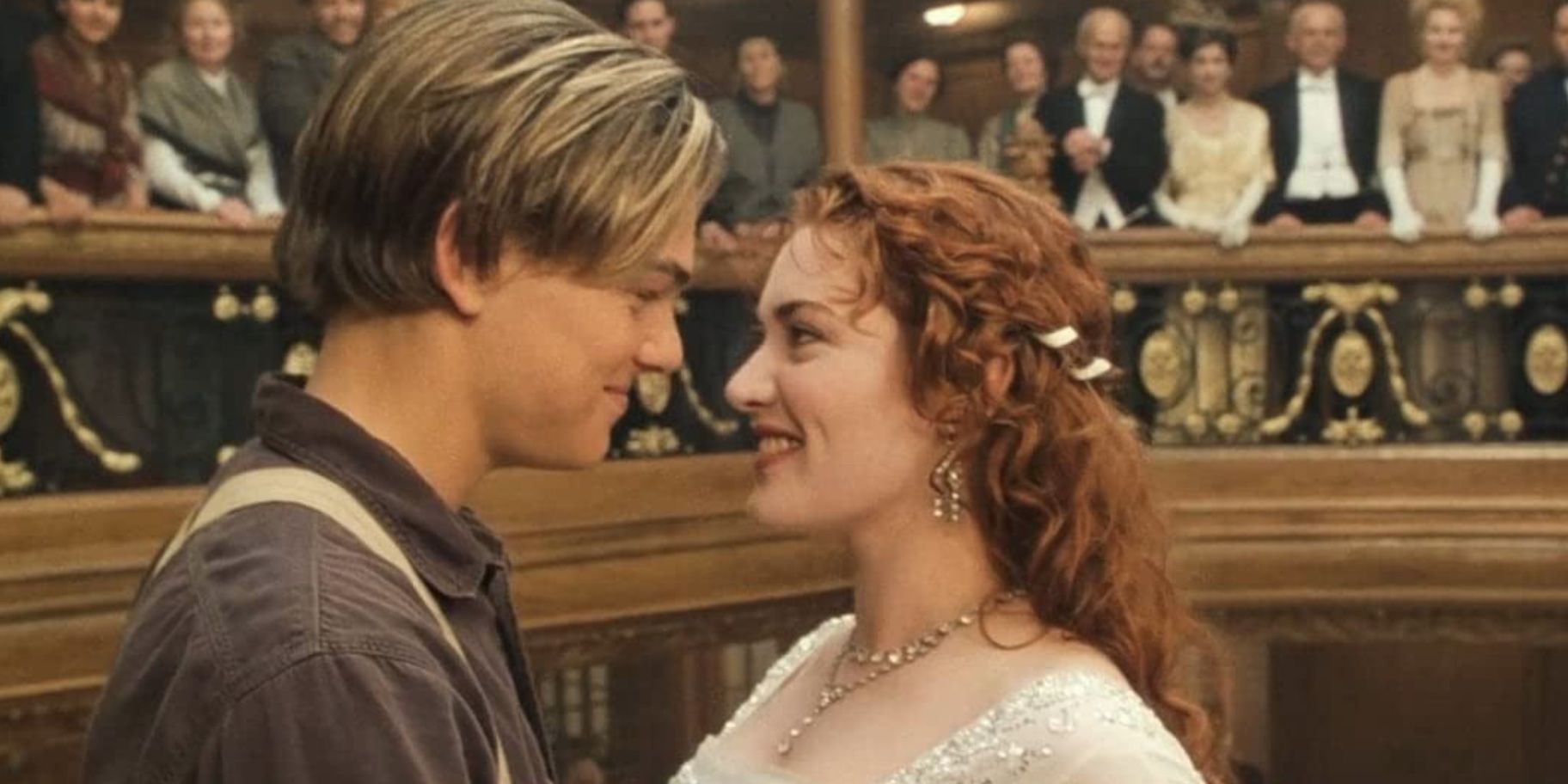
Every once in a while, a film comes along that brazenly defies expectations and reality, and the result is a moment in the cultural zeitgeist that takes on mythic proportions. Whether it’s George Lucas reinventing the space opera with Star Wars, Steven Spielberg touching the hearts of audiences around the world with E.T. The Extra Terrestrial, or Quentin Tarantino breathing new and exciting life into the crime genre with Pulp Fiction, only a handful of films can claim membership to such an elite club. Fast approaching its 25th anniversary this December, James Cameron’s Titanic is one such film. Widely revered and beloved for its grand scale, emotional core, and sweeping dramatization of one of the 20th century’s most legendary disasters, the 1997 epic love story quickly cemented its place in pop culture history by, despite formidable odds, becoming the highest-grossing film at the time and the first movie ever to surpass a billion dollars at the box office. It also won 11 Academy Awards.

But Titanic’s journey to the big screen was anything but smooth sailing, and the history surrounding the making of the film suggests that a palpable sense of uncertainty regarding its prospects for success permeated the production and expectations of those involved. Conceived by Cameron and pitched to 20th Century Fox as “Romeo and Juliet on the Titanic,” the maverick filmmaker was given a green light without much more than a written treatment. After a series of dives to the wreck, which was ultimately incorporated into the film both practically and narratively, Cameron extensively researched the ship’s history and wrote his screenplay centered on star-crossed lovers who meet on the ocean liner’s maiden and final voyage. Initially budgeted at $110 million, scheduled for 138 shooting days, and set to be released on July 2, 1997, production on Titanic commenced in the summer of 1996. With the stage set and the wheels of an unstoppable object in motion, Cameron, along with his cast and crew, would embark on a cinematic journey that, for better or worse, was sure to make history.
‘Titanic’s Production Was a Monumental Undertaking
Titanic arrived at a crucial pivot point regarding methods employed for achieving the impossible on screen. Game-changing digital technology had recently burst onto the scene in films like Jurassic Park and Cameron’s own T2: Judgment Day, and slowly but surely, traditional approaches to the technical side of filmmaking were changing. Cameron’s epic found itself at an aesthetic crossroads, with one foot in the digital world and one in the analog world of model-making and practical effects. Leaning heavily into the latter for the sake of authenticity, recreating the unsinkable ship and its eventual demise necessitated the construction of an entirely new studio facility in Rosarito, Baja California, Mexico. At an estimated cost of $20 million, Baja Studios consisted of several sound stages and water tanks, one of which was a large horizon tank with 270 degrees of ocean visibility.

In a feat of unparalleled craftsmanship likely never to be repeated on the same scale, the production constructed a full-scale replica of much of the titular ship right beside the Pacific, according to The Washington Post. Nestled in the 17 million gallon tank and affording audiences a view that seamlessly integrated the nearby ocean, the life-size model and set could be submerged accordingly for the climactic sinking sequences. Two other tanks capable of holding massive quantities of water were used for the sinking of the ship’s interiors and sequences depicting passengers stranded in the ocean. Few feats combining such state-of-the-art engineering with cinematic artistry have been attempted in the years since Titanic’s production. In a logistical move that would later be echoed by his film Avatar, Cameron and the studios supporting him were laying down an ambitious and innovative track for a massive train already in motion.

The founding of Baja Studios in accommodating Titanic’s immense demands was only the beginning of the daunting tasks awaiting the filmmaker and his production. In bringing to life a period piece that required great attention to detail and was very specific to time and place, Titanic’s department heads, particularly with respect to costumes, production design, and effects had their work cut out for them. With the aid of historians, original photographs, and blueprints, the production was tasked with recreating the interior of the ship in painstaking detail. In addition, an army of extras that served as stunt performers and background players who would populate the vast sets had to be fitted with clothing, armed with props and physically coordinated in a manner that one can assume amounted to controlled chaos.
